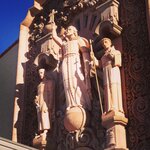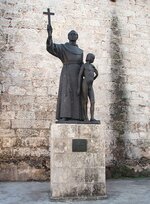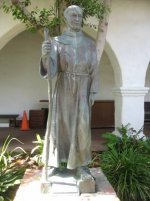Real de Tayopa Tropical Tramp
Gold Member
Side thimgie. go to
"You Tube,free full movies, Black Robe"
for a glimpse of the mission Jesuit, fascinating movie.
Don Jose de La Mancha
"You Tube,free full movies, Black Robe"
for a glimpse of the mission Jesuit, fascinating movie.
Don Jose de La Mancha





 I believe you are aware that I have all of the letters, and I can assure you I have read each and every one of them. It helps to read all of the individual letters, and not just post parts of them. What is written just before quotes, and after, is often very important.
I believe you are aware that I have all of the letters, and I can assure you I have read each and every one of them. It helps to read all of the individual letters, and not just post parts of them. What is written just before quotes, and after, is often very important.








